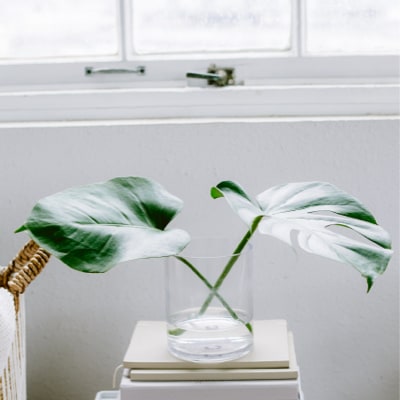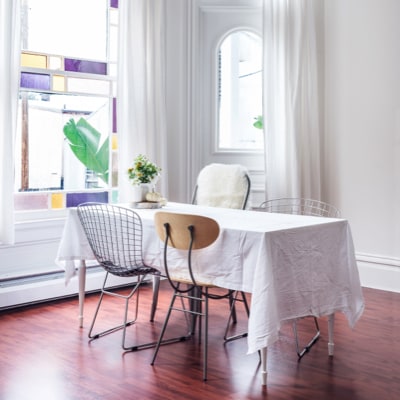
Installation of privacy screens in Sydney is controlled by certain rules that homeowners are required to comply with to achieve local law and building code compliance. Any individual who intends to install a privacy screen on his or her property needs to be aware of the following regulations.
Key points relating to the rules governing the installation of privacy screens in Sydney include the following:
DA
- A DA may be necessary if the proposed privacy screen has a significant impact on neighboring properties or the local streetscape.
- This would be especially so if the screen is large, close to property boundaries, or exceeds some height limits.
- The DA process will consider such things as visual privacy, overshadowing, and general aesthetic impact on the neighborhood.
Exempt Development
Some of them may fall in the Exempt Development category; thus, if they comply with all the laid down criteria in the State Environmental Planning Policy (SEPP), formal approval is not necessary. Generally, these criteria include:
- Height: The screen shall not exceed 2.5 metres over the existing ground level.
- Length: The total length shall not exceed 5 metres.
- Setback: The screen shall be located not less than 900 millimetres from each lot boundary.
- Attachment: Shall not be attached to a boundary fence or retaining wall.
Building Code Compliance
- Private screens must achieve compliance with the Building Code of Australia (BCA) at all times irrespective of whether DA is required.
- This will range from structural safety to wind loading.
- Home owners should ensure their privacy screens were constructed from safe materials and have been built as per the correct construction methods prescribed by the code.
Local Council Regulation
- Every council in Sydney could have its set regulations on the height and setbacks of privacy screens.
- These conditions would state what proximity to a property boundary would require a further permit and whether it is over the maximum allowable height.
- Another factor could be the design principles, which make sure that a privacy screen reflects the character of the neighbourhood with regard to the type of material used and what colours are suitable.
Heritage Considerations
- Additional approvals may be required if the property is located in a heritage conservation area or if it is a heritage-listed building.
- It is often required to consult with the council’s heritage advisor to ensure that the design of the privacy screen will preserve the historical integrity of the area.
Conclusion
Installing a privacy screen in Sydney involves navigating various regulations that aim to balance individual privacy with community standards. Homeowners should assess whether their project requires a Development Application or qualifies as Exempt Development, ensure compliance with the Building Code of Australia, and consult local council regulations regarding height and design. By adhering to these guidelines, residents can successfully enhance their outdoor spaces while maintaining compliance with local laws.






